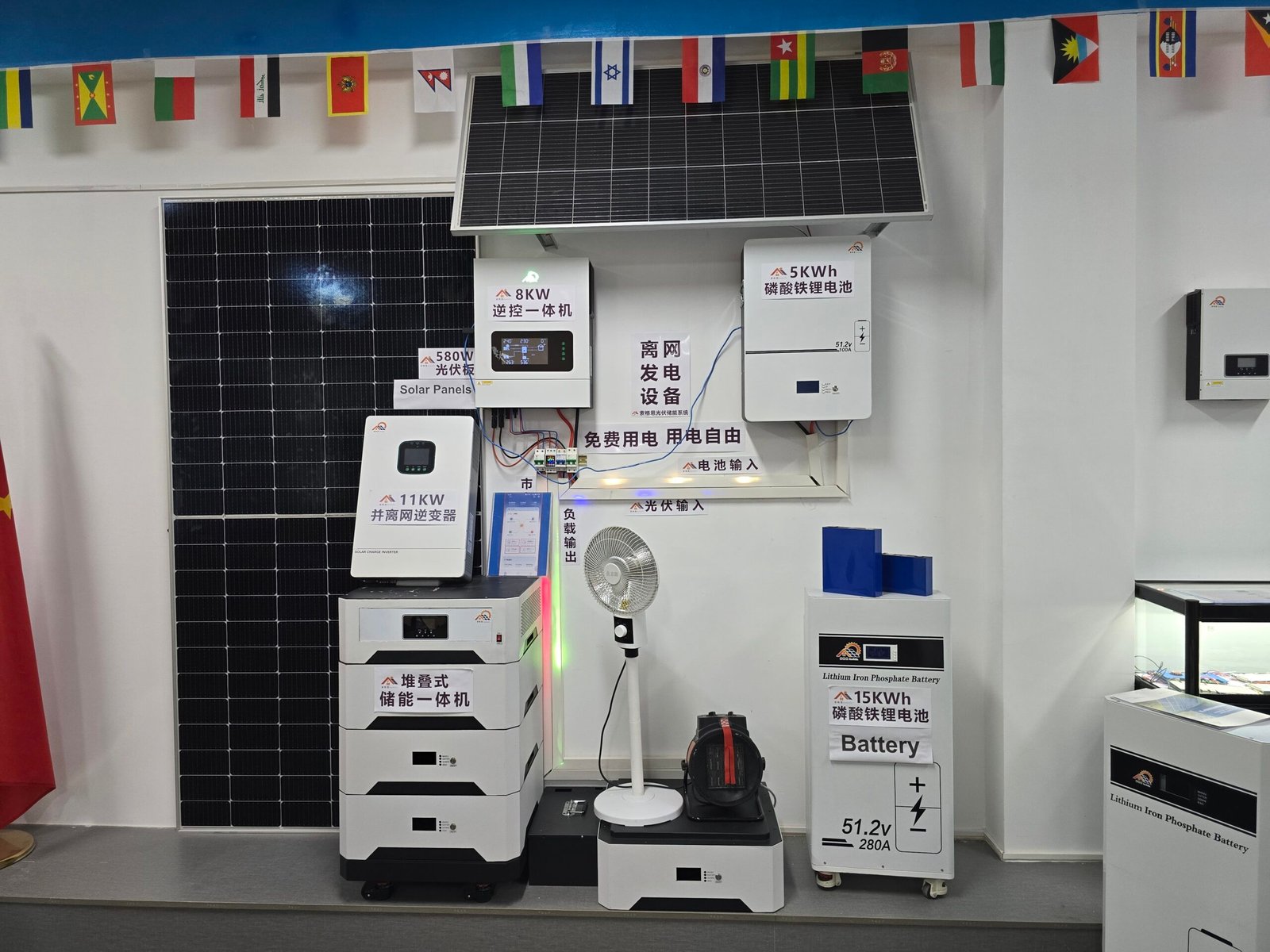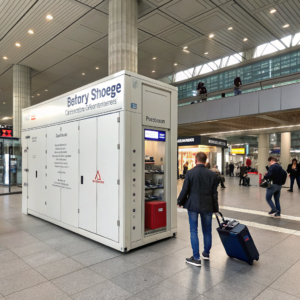#What is the difference between on-grid and off-grid battery?
•
What is the difference between on-grid and off-grid battery?
Solar energy systems rely on batteries, but choosing between on-grid and off-grid setups can be confusing. The key difference lies in their connection to the power grid.
On-grid batteries work with utility power, storing excess solar energy for later use while maintaining grid connection. Off-grid batteries operate independently, providing full energy self-sufficiency without grid backup.
What is the disadvantage of on-grid?
On-grid systems seem convenient, but they come with significant limitations that might surprise many solar users.
The main disadvantage is grid dependence - during power outages, most on-grid systems shut down for safety, leaving homes without power despite having solar panels and batteries.
Key Limitations of On-Grid Systems
- No Power During Outages:
- Anti-islanding protection cuts power
- Safety measure for utility workers
- Battery backup often still unavailable
- Net Metering Changes:
- Reduced credit for excess energy
- New fees in some areas
- Decreasing financial benefits
- Grid Dependency:
- Cannot function independently
- Limited storage capacity
-
Still pays connection fees
System Comparison:Feature On-Grid Off-Grid Outage Protection No Yes Energy Independence Low High Upfront Cost Lower Higher On-grid systems are cheaper to install but provide less reliability during emergencies.
How many batteries do I need to go off the grid?
Transitioning to off-grid power requires careful battery capacity planning to avoid energy shortages.
A typical off-grid home needs 3-5 days of battery storage (10-20 kWh per day), requiring 30-100 kWh total capacity depending on energy usage and location.Calculating Battery Needs
- Daily Energy Use:
- Average home uses 10-20 kWh/day
- Calculate from utility bills
- Consider seasonal variations
- Days of Autonomy:
- 3-5 days recommended
- More for cloudy climates
- Less for hybrid systems
- Battery Specifications:
- Depth of discharge (usually 50-80%)
- Efficiency losses (about 10%)
-
Temperature effects
Example Calculation:Factor Calculation Result Daily Usage 15 kWh 15 kWh Days of Autonomy × 4 days 60 kWh Depth of Discharge ÷ 0.8 75 kWh Efficiency Loss × 1.1 82.5 kWh Lithium batteries typically need 30-50% less capacity than lead-acid due to better discharge depth.
What happens when off-grid solar batteries are full?
Off-grid systems face unique challenges when batteries reach full capacity that many new solar users don't anticipate.
When batteries are full, excess solar energy gets diverted to secondary loads or is simply wasted, as off-grid systems lack grid export options and must protect batteries from overcharging.Full Battery Scenarios
- Load Diversion:
- Heated water tanks
- Pool pumps
- Non-critical appliances
- Charge Control:
- Solar controllers throttle production
- Panels may temporarily disconnect
- Prevents battery damage
- Energy Waste:
- No grid export option
- Potential lost production
-
Common in summer months
System Responses:Battery State System Response Result 80% charged Normal charging Full production 95% charged Reduced charging Limited absorption 100% charged Diversion/waste No more charging Advanced systems can prioritize loads to utilize excess energy rather than wasting it.
Conclusion
Choosing between on-grid and off-grid battery systems depends on your energy priorities - convenience and cost versus independence and reliability. Off-grid requires more batteries and careful management but provides true energy freedom, while on-grid offers simplicity with grid dependence. Understanding these differences ensures you select the right solar solution for your needs.





